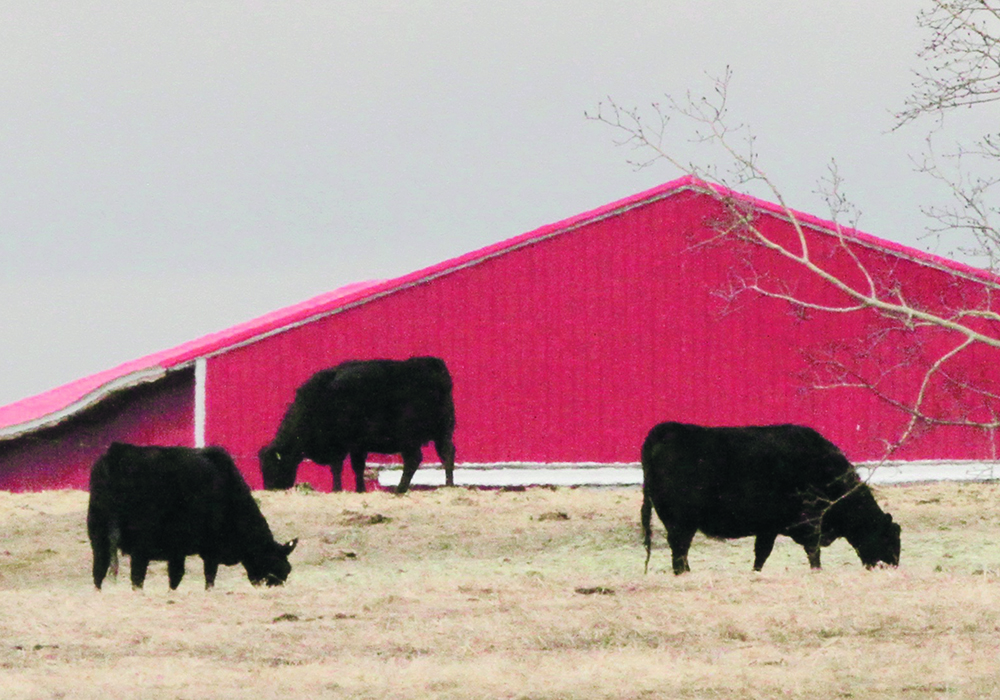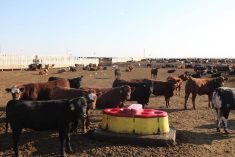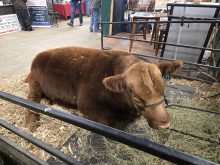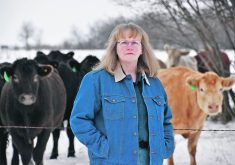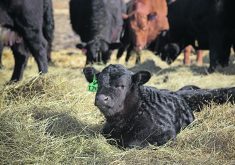Researcher hopes to better understand the spread of anti-microbial resistance to help improve management decisions
Bovine respiratory disease continues to be the costliest affliction for Canada’s beef industry, and the options for treating it are narrowing as anti-microbial resistance spreads.
Dr. Emily Snyder, a researcher at the University of Saskatchewan’s Western College of Veterinary Medicine, is hoping her research will help address the issue.
Snyder said the genesis of her research came through work she was doing in Georgia with a cattle stocker and what she observed with incoming calves.
“We were taking nasal swabs on arrival. They were being processed like they normally would with metaphylaxis, vaccines, castration, those sort of things,” she said. “We go from having no mannheimia haemolytica being resistant at arrival to pretty much everything being resistant 10 to 14 days later when he was bringing them up for re-vaccination.”
Read Also

Canada told trade crisis solutions in its hands
Canadians and Canadian exporters need to accept that the old rules of trade are over, and open access to the U.S. market may also be over, says the chief financial correspondent for CTV News.
Three weeks in, bovine respiratory disease (BRD) had infected the herd, “and he was having a real hard time treating them because there wasn’t anything left in terms of anti-microbials that would work,” said Snyder.
It’s far from a unique experience for cattle producers, Snyder said, with her research focused on how resistant strains of BRD are transmitted between animals.
“It used to be that we thought when cattle got sick, it was their own commensal bacteria — the ones they were carrying anyway — that were making them sick,” she said of resistant strains. “What we’re seeing now is there is contagious spread between cattle in a pen.”
The spread of anti-microbial resistant BRD treatment appears to speeding up, but several factors could be at play.
“I don’t think we understand all the factors associated with that,” said Snyder. “We know that we have different isolates and strains of bacteria pop up that are becoming multi-drug resistant. The thought is these strains of bacteria that have multiple drug resistance might have basically an advantage.”
Treatment with metaphylaxis for such multi-drug-resistant bacteria may actually have an unintended consequence for cattle.
“Potentially what we are doing is killing off the normal commensal bacteria that it has in its nose and throat and the only thing that’s left that can survive that metaphylaxis is the resistant strain,” said Snyder.
The spread of anti-microbial resistant BRD is a health, economic and animal welfare issue as options for treatment become more limited, said Snyder. Once one type of a drug becomes resistant, the whole class of drug follows.
“We have a limited number of drug classes available that we can actually use in cattle and it’s very unlikely the pharmaceutical industry is going to discover new anti-microbials,” she said. “Drug discovery takes a long time. It’s very expensive so there probably isn’t going to be any new drugs coming on the market anytime soon.”
Regulations governing use of antimicrobials are likely to limit access, which complicates matters further.
Snyder said she hopes her research will augment understanding about the spread of anti-microbial resistance and allow producers to make management decisions to prevent wider bouts of infection within a herd.




